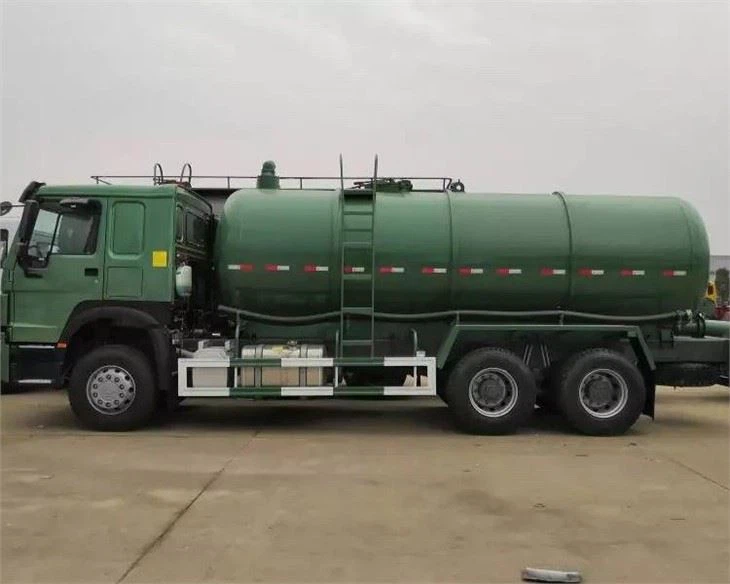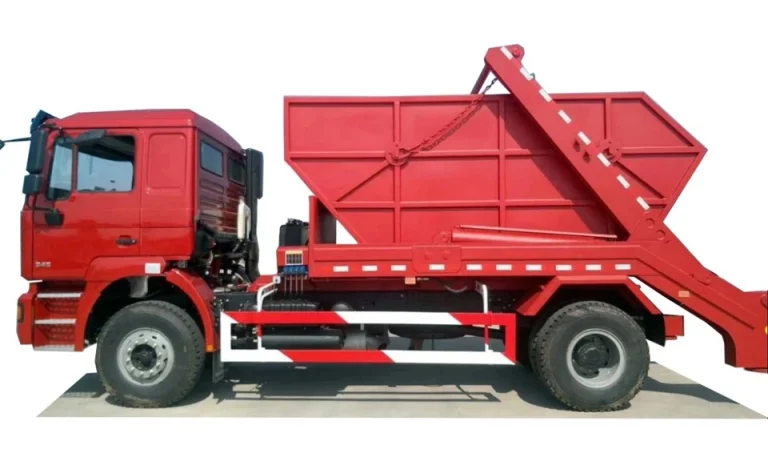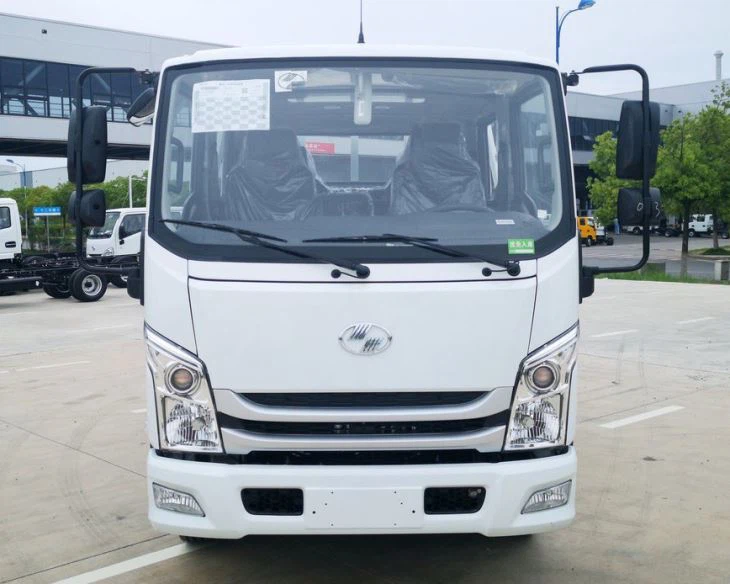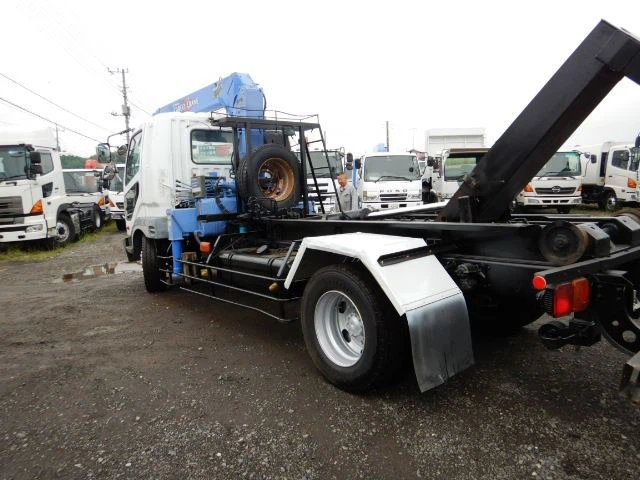When shopping for a pickup truck, you may come across various cab styles, two of the most commonly discussed being the crew cab and the extended cab. Understanding the differences between these two configurations can help you make an informed decision when purchasing a vehicle that best suits your lifestyle and needs. This article aims to delve deep into these two types of truck cabs, discussing their features, advantages, disadvantages, practical examples, and more.
Understanding Truck Cab Styles
Truck cab styles are critical in defining the usability, comfort, and style of a pickup. Among the most popular choices are the crew cab and the extended cab. These configurations cater to different preferences regarding space, passenger capacity, and cargo management.
Definition of Crew Cab
A crew cab typically features four full-sized doors and a spacious back seat area capable of comfortably seating four to five passengers. The truck’s cab is designed to prioritize passenger comfort, making it ideal for families or those who frequently travel with multiple passengers.
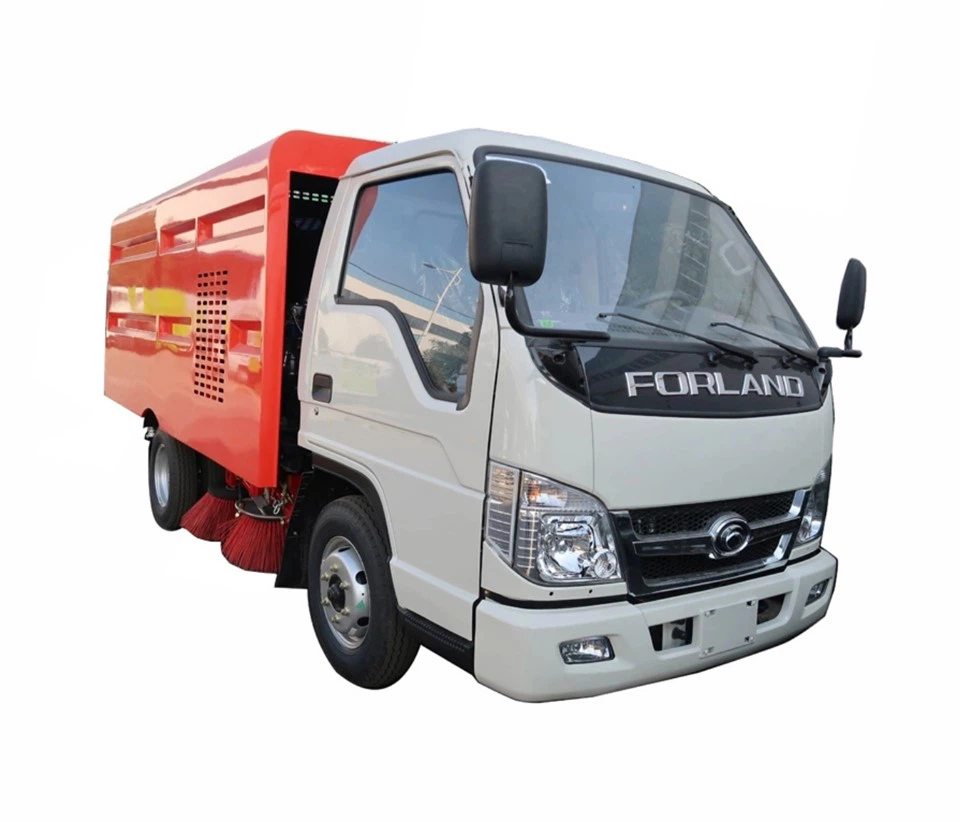
Features of Crew Cab
- Four full-sized doors for easy access.
- Ample rear legroom and headroom.
- Higher seating capacity, typically accommodating five passengers.
- Often includes additional tech and comfort features.
Definition of Extended Cab
An extended cab features two full-sized front doors and two smaller doors behind them. The smaller doors typically open toward the rear and may not offer as much access to the rear seats. This configuration is designed to provide a balance between passenger and cargo space.
Features of Extended Cab

- Two full-sized front doors and two rear-access doors.
- More compact and lighter than a crew cab.
- Reduced rear legroom compared to crew cabs.
- More cargo bed space available due to smaller cab size.
Comparison of Crew Cab and Extended Cab
| Feature | Crew Cab | Extended Cab |
|---|---|---|
| Seating Capacity | Up to 5-6 passengers | Up to 4 passengers |
| Rear Door Style | Full-sized doors | Smaller access doors |
| Comfort Level | High (more space) | Moderate (less space) |
| Payload Capacity | Moderate | Higher due to smaller cab |
| Best Use Cases | Families, group travel | Utility, work purposes |
Advantages of Crew Cabs
Crew cabs offer several distinct advantages that appeal to a broad audience, particularly those who prioritize passenger space and comfort.
Spaciousness
The most significant advantage is the spacious rear seating area. Crew cabs provide ample legroom and headroom, making long journeys more comfortable for passengers.
Accessibility
The four full-sized doors of a crew cab make it easy for passengers to enter and exit the vehicle. This design is particularly beneficial in tight parking situations.
Family-Friendly Design
With its higher seating capacity, a crew cab can easily accommodate a family. Parents can transport children and their friends without needing a separate vehicle.
Additional Features
Many manufacturers equip crew cabs with advanced features such as infotainment systems, safety technology, and luxury options, enhancing the driving experience.
Advantages of Extended Cabs
While crew cabs have many benefits, extended cabs also have their unique advantages that cater to specific user needs.
Increased Cargo Space
Extended cabs usually allow for a longer truck bed. This extra cargo space can be essential for work trucks or for those who haul equipment regularly.
Compact Size
Extended cabs are generally smaller than crew cabs, offering a slightly more manageable vehicle for city driving and parking.
Cost Efficiency
Due to their smaller size, extended cabs often come at a lower price point. They are typically more affordable than crew cabs while still providing essential functionality.
Practical Examples
Example of a Crew Cab Truck
The Ford F-150 Crew Cab is a highly regarded option. This truck provides room for five passengers while offering a variety of tech options, making it a perfect family vehicle.
Example of an Extended Cab Truck
The Toyota Tacoma Extended Cab is a great example for users needing to haul cargo and occasionally transport passengers. It strikes a great balance between utility and passenger capability.
Choosing Between Crew Cab and Extended Cab
Making the choice between a crew cab and an extended cab depends on your primary needs and preferences.
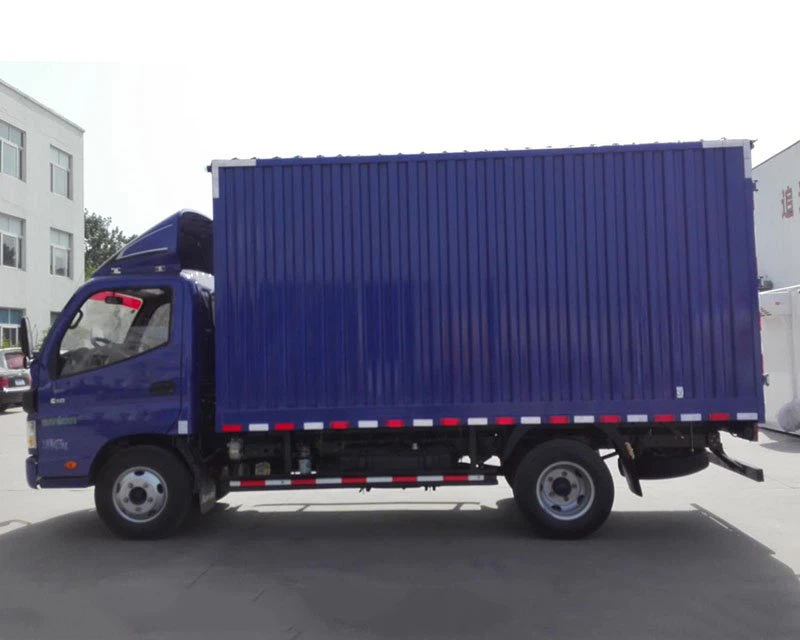
Consider Your Usage
If you frequently transport passengers or have a family, the crew cab would be the better choice. It provides the most comfort and space for multiple people.
Evaluate Your Cargo Needs
If hauling equipment or having additional cargo space is a priority, the extended cab could suit your needs better due to its compactness, allowing for a longer bed.
Budget Considerations
Evaluate your budget. If you’re looking for a more cost-effective option, an extended cab may be a more suitable choice without compromising too much on functionality.
Common Myths About Cab Styles
Myth 1: Crew Cabs Are Only for Families
While crew cabs are popular with families, they’re also favored by businesses and individuals who require more passenger space or transport clients.
Myth 2: Extended Cabs Are Outdated
Although crew cabs have gained popularity, extended cabs are still a practical option for many users who value cargo space more than the rear seating area.
Frequently Asked Questions (FAQ)
1. How do I know which cab style is best for me?
Consider your needs. If you frequently carry passengers, go for a crew cab. If you need more cargo space, an extended cab may be better.
2. Can I fit three car seats in a crew cab?
Many crew cabs can comfortably fit three car seats in the back, depending on the vehicle’s dimensions and seat configuration.
3. Are crew cabs more expensive than extended cabs?
Generally, crew cabs cost more due to their larger size and additional features. However, prices can vary widely by make and model.
4. Do truck cab designs affect towing capacity?
Not directly, but it’s essential to check the manufacturer’s towing ratings for both crew and extended cab models as these can vary by truck.
5. Which cab style has better resale value?
Crew cabs usually have better resale values due to their popularity and versatility among buyers.
6. Can I modify or customize the seating in either cab style?
Yes, both cab styles can be modified or customized, but options may vary based on vehicle make and model.

